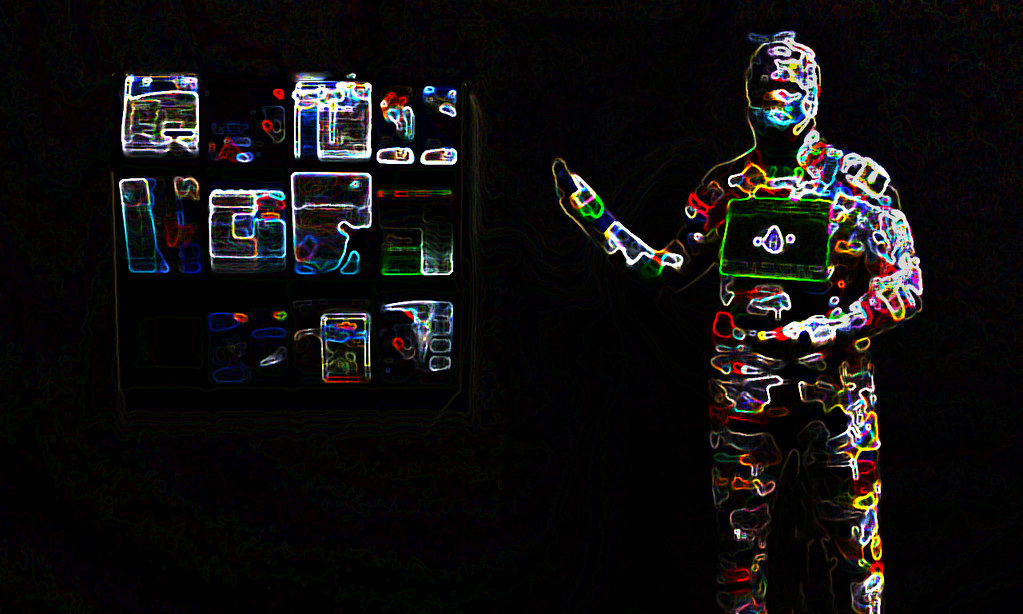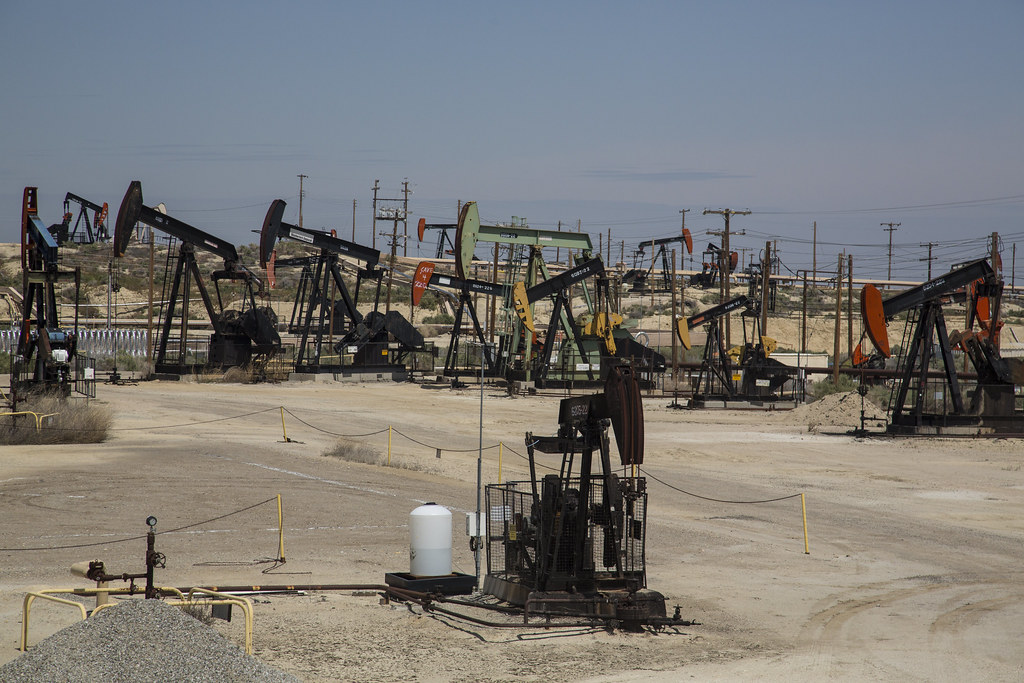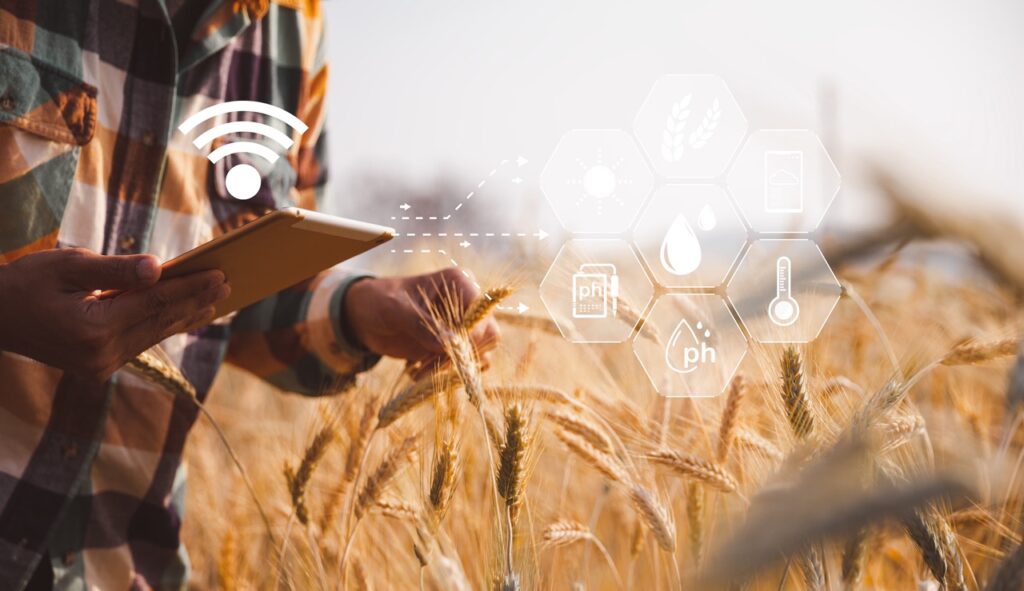The Industrial Internet of Things (IIoT) is not just a means for organizations to harvest and analyze vast amounts of data to drive better business decisions. It is driving innovative ways for companies to keep their employees safe and out of harm’s way. In the latest IIoT Top News, we’ll take a look at some trending stories from the oil and gas industry, a quickly growing user of the Industrial Internet of Things to help power data-driven decisions, business operation optimization, and employee safety. The possibility of an industrial wireless oilfield is now not just a pipe dream, but a reality.
Wearable Technology and the IoT Improving Safety for Oil and Gas Workers

For many folks, wearable technology is viewed as a simple fad of smart watches and health tracking hardware. In the grand scheme of things, we’re just beginning to scratch the surface of wearable tech, with biotechnology, embedded smart tracking hardware, and much more right on the horizon.
As noted in this article from the EconoTimes, one of the industries beginning to leverage the power of wearable technology is oil and gas. Looking back at 2014, occupational fatalities nationally were 3 per 100,000 workers. In oil and gas, that number skyrockets to 15.
That’s why some organizations in this hazardous industry are turning towards the IIoT and wearable tech to keep their employees safe. From fall risk mitigation, to toxin and fume inhalation prevention and diagnosis, the applications for wearable technology for oil and gas employees in the field are many. One of the current limitations for wearable tech in the field is the ruggedness of the technology, but as new devices are designed that can withstand harsh environments, you can expect to see more adoption of this potentially life-saving tech.
The IIoT and Operationalizing Excellence

For the oil and gas industry, the advent of the Industrial Internet of Things (sometimes referred to as Industry 4.0) holds massive promise. From reacting to changing global trade conditions in real-time, to instantaneous equipment feedback, there are myriad uses for connected tech. This recent article from IoT Business News cautions us to heed the warnings of the dot.com era and take a strategic approach.
The article argues that expecting the IIoT to be a silver bullet for business decisions will only lead to more confusion. It notes that Industry 4.0 is an incredibly powerful tool, one with the ability to fundamentally change the way oil and gas organizations do business, but it is important to go “back to the basics” and understand business needs and objectives before trying to dive into the data.
In the Oil Industry, IoT is Booming

Oil and gas is not always known for its agility, but when it comes to the Internet of Things, the industry is moving at a decidedly rapid pace.
This article from Offshore Engineer asserts that the IoT is not only increasingly becoming part of many organization’s strategies, but is fundamentally becoming embedded in the “oil psyche.”
Dave Mackinnon, head of Technology Innovation at Total E&P UK, provides quite a bit of color around this assertion, and he believes that oil and gas is moving towards a “digital supply chain” that was fundamentally revolutionize the sector. Mackinnon also believes that when it comes to the IoT train, it’s either get on, or get left behind.
“In an IoT world, many companies will discover that being just a manufacturing company or just an Internet company will no longer be sufficient; they will need to become both – or become subsumed in an ecosystem in which they play a smaller role,” Mackinnon said.
Cyberattack Concerns Loom for Oil and Gas

While the highest profile cyberattacks have been in the commerce and financial sectors, industrial targets remain at high risk. A recent article from Hydrocarbon Engineering notes that “because of its complex layers of supply chains, processes and industrial controls, makes [the oil and gas industry] a high value target for hackers.”
As oil and gas organizations look to leverage the Internet of Things to bring increased value to their companies, it will become more and more important to build extra layers of security into their systems.
Enabling the Connected Worker

While the IIoT is indeed changing the way oil and gas companies make decisions, it is also changing the way employees perform their jobs.
This article from Gas Today notes some of the ways the IoT is changing the roles of workers in the field. From AI planning and scheduling, to predictive maintenance on equipment, the connected worker faces a vastly different workplace landscape than even a few years in the past. Ultimately, oil and gas companies will look to leverage the IoT to help their employees make better decisions, as well as to stay safer and work more efficiently.
Final Thoughts
The Industrial Internet of Things is growing with rapid adoption across many verticals, but oil and gas is already reaping outstanding benefits from this next phase of industry. Lowering costs, optimizing oil production, and increasing worker safety are just a few of the ways oil and gas is leveraging this technological revolution.



